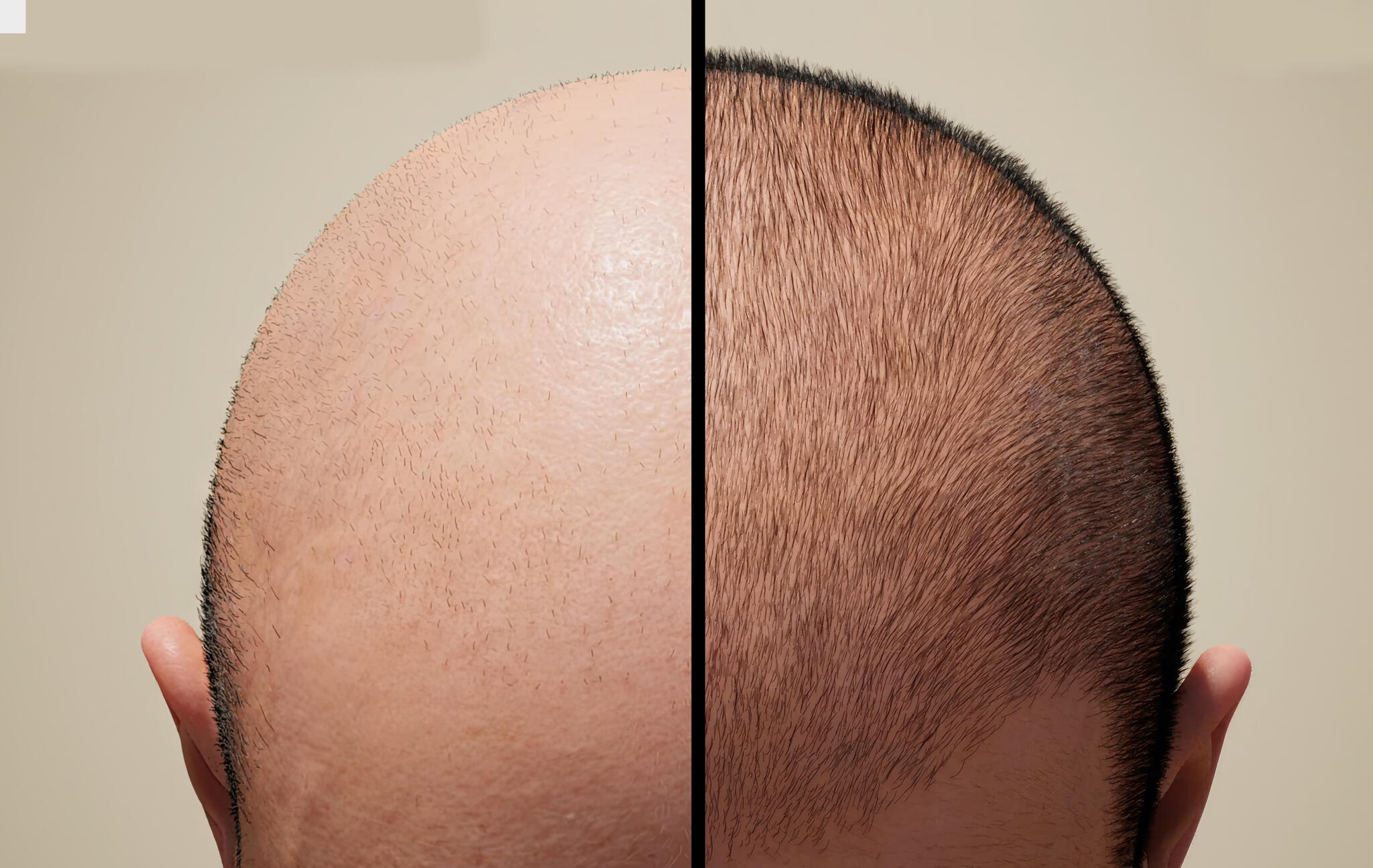
Early hair transplants earned a reputation for unnatural “doll hair” due to outdated plug methods that grouped follicles unnaturally. Today, Follicular Unit Extraction (FUE) uses punches less than 1mm wide to extract individual grafts, preserving surrounding tissue. Robotic systems like ARTAS map scalp topography to align angles with natural hair direction. Surgeons stagger grafts in irregular patterns, avoiding straight lines that scream “transplant.” Even under magnification, the subtlety of micro-irregularities in placement makes detection nearly impossible. Case studies show 93% of patients report no one notices their procedure post-recovery.
Women now represent nearly 25% of hair transplant patients
Female hair loss is often diffuse, sparing the frontal hairline but thinning across the crown or part lines. Androgenetic alopecia in women links to polycystic ovary syndrome (PCOS) or menopause-driven estrogen drops. Traction alopecia, common in tight hairstyles, requires grafts to reinforce fragile edges. Surgeons use 0.6mm micrografts to mimic baby hairs along hairlines, blending with existing vellus strands. For hormonal cases, transplants are timed around stable estrogen levels to maximize graft survival. Over 68% of female patients cite improved confidence in wearing updos or ponytails post-procedure.
Transplanted follicles become permanent residents
The donor zone—usually the occipital scalp—contains follicles genetically resistant to dihydrotestosterone (DHT), the hormone that shrinks follicles in pattern baldness. These DHT-proof grafts thrive in their new locations, with studies showing 95% survival rates at five years. After the initial 2-week shedding phase, follicles enter telogen (resting) for 3 months before producing hair that cycles normally for decades. No specialized care is needed beyond avoiding sunburn or trauma during early healing. Patients often forget which hairs are transplanted once growth stabilizes.
Most patients rate pain below a dental filling
Local anesthesia (lidocaine with epinephrine) numbs the scalp completely during surgery. A slight pinch during injection is the worst most experience. Post-op, 80% describe discomfort as a 2/10—less than a tension headache. Tightness stems from localized swelling, not incisions, and resolves within 72 hours. Clinics offer Valium for anxiety, but many patients watch movies or nap during the 6-8 hour session. Pain misconceptions persist because early 2000s FUT techniques involved longer incisions, but modern FUE minimizes tissue disruption.
Full results take 12-18 months to materialize
Transplanted hairs follow a “ugly duckling” phase: shedding by week 3, staying dormant until month 3. Early sprouts at month 4 are fine and colorless, thickening gradually. By month 8, waves of growth create patchiness that evens out by month 12. Patients with slower metabolisms or curly hair may wait up to 18 months for final density. Dermatologists recommend quarterly photos to track progress objectively, as daily mirror checks distort perception. Panicking at month 5 is like judging a cake halfway through baking.
Scarring depends on technique, not inevitability
FUE leaves hypopigmented microdots smaller than freckles—easily concealed with hair at a #2 guard length. FUT linear scars, when done poorly, can stretch to 3-4mm wide, but layered closure with trichophytic techniques hides scars within the hairline. Scalp micropigmentation (SMP) tattoos mimic shaved hair around scars, fooling even close inspection. Post-op regimens with silicone gels or fractional laser treatments reduce scar visibility by 60% in six months. Less than 5% of patients seek scar revision today versus 20% a decade ago.
Transplants don’t prevent future hair loss
Native hairs outside the donor zone remain susceptible to DHT. Surgeons “future-proof” designs by leaving 30-40% of donor reserves untouched and placing grafts conservatively in zones likely to thin. Combining transplants with topical finasteride or oral minoxidil slows native hair loss by 80%. Patients who skip medication may need a second transplant in 5-10 years. Annual trichoscopy scans monitor miniaturization, allowing preemptive adjustments. It’s a marathon, not a one-time fix.
Not every clinic uses the same technology
Manual FUE relies on a technician’s skill, with graft survival varying from 70-90%. Robotic systems like NeoGraft use AI to adjust punch depth in real-time, boosting survival to 94%. Cheap clinics may reuse disposable tools or skip saline cooling, causing graft desiccation. Red flags include prices below $2 per graft or no pre-op blood tests. Top clinics invest in systems like CoolCalm™ to reduce edema and offer hyperbaric oxygen therapy for faster healing.
Transplants work on curly, coarse, or gray hair
Curly hair’s helical structure creates natural volume, allowing 30% fewer grafts for coverage. Coarse strands need larger recipient sites (1.2mm vs. 0.8mm for fine hair), but skilled surgeons adjust motorized punch speeds to prevent transection. Gray hair requires blending with existing salt-and-pepper strands—surgeons may alternate graft pigment levels. Afro-textured hair demands curved punches to follow follicle curvature, minimizing transection risks. Ethnic-specific training is now a certification standard in leading clinics.
A single session rarely exceeds 4,000 grafts
The average donor area contains 6,000-8,000 extractable grafts over a lifetime. Harvesting 4,000+ in one session risks depleting reserves, leaving gaps if future loss occurs. Ethical surgeons cap single sessions at 3,500 grafts for FUE and 2,500 for FUT. “Mega sessions” marketed online often use lower-paid, less-experienced teams, increasing transection rates. Strategic placement of 2,500 grafts can create a density illusion of 50 follicles/cm², matching natural 80-100/cm² through layering.
